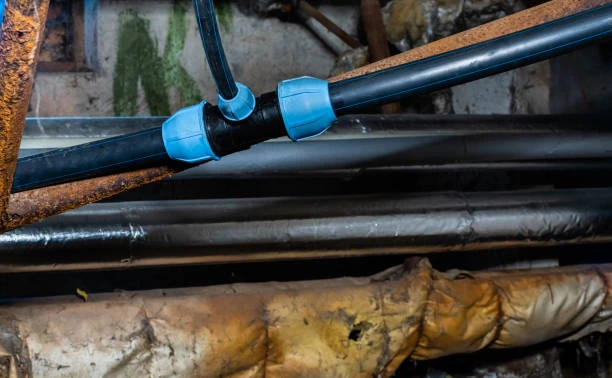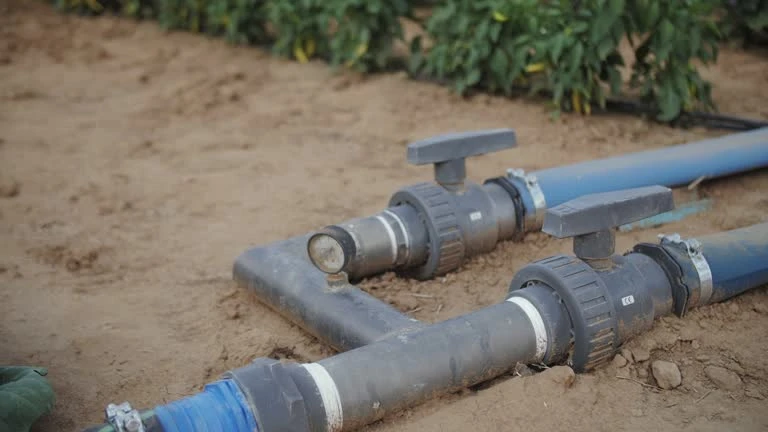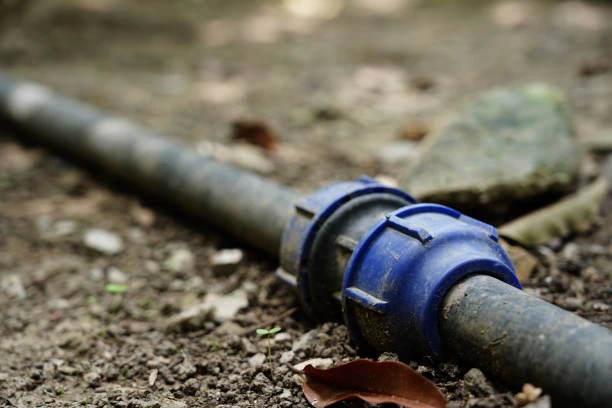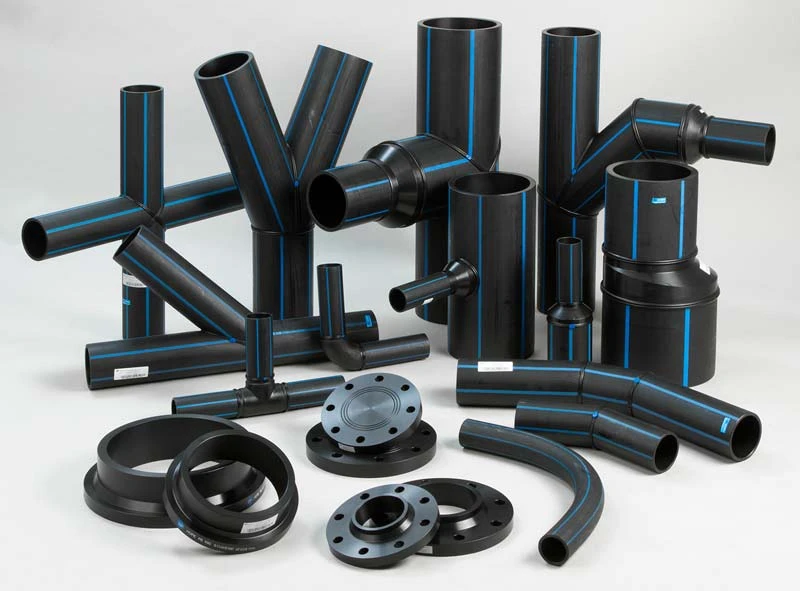In a significant shift within the manufacturing sector, Prinsco, a prominent player in the high-density polyethylene HDPE pipe industry, has announced the closure of one of its plants, resulting in the loss of 33 jobs. This decision raises concerns not only for the employees affected but also for the broader implications for the HDPE pipe market and the construction industry as a whole. This article explores the reasons behind the closure, its impact on the workforce, and the future of HDPE pipe manufacturing.

Understanding HDPE Pipe
High-density polyethylene (HDPE) pipes are a vital component in modern infrastructure. Known for their durability, flexibility, and resistance to corrosion, HDPE pipes are widely used in various applications, including water supply, sewage systems, and drainage. Their lightweight nature and ease of installation make them a preferred choice for many contractors and municipalities.
The Advantages of HDPE Pipe
- Durability: HDPE pipes are known for their long service life, often exceeding 50 years. They can withstand harsh environmental conditions, including extreme temperatures and pressure fluctuations.
- Corrosion Resistance: Unlike traditional metal pipes, HDPE does not corrode, making it suitable for transporting potable water and industrial liquids without fear of contamination.
- Flexibility: The flexibility of HDPE pipes allows for easier installation, reducing the need for joints and fittings, which can be potential leak points.
- Environmental Impact: HDPE is recyclable, contributing to a more sustainable construction industry. Many HDPE pipes are made from recycled materials, further reducing their environmental footprint.
The Market Landscape for HDPE Pipe
The global HDPE pipes market has been experiencing steady growth, driven by increasing infrastructure development and the demand for efficient water management solutions. Key sectors utilizing HDPE pipes include:
- Municipal Water Systems: Cities are investing in upgrading their water supply and sewage systems to ensure safe and reliable service.
- Agricultural Irrigation: HDPE pipes are essential for efficient irrigation systems, improving water usage in agriculture.
- Oil and Gas Industry: The demand for HDPE pipes in the oil and gas sector is rising due to their ability to transport hydrocarbons safely and efficiently.
Prinsco’s Plant Closure: HDPE pipes Reasons and Implications
The closure of Prinsco’s HDPE pipes plant has raised eyebrows within the industry. Several factors contribute to this decision:
1. HDPE pipes Economic Pressures
The manufacturing sector is facing significant economic pressures, including rising raw material costs and supply chain disruptions. These challenges have made it increasingly difficult for companies to maintain profitability.
2. HDPE pipe Market Competition
The HDPE pipes market is highly competitive, with numerous players vying for market share. This intense competition can lead to price wars, further squeezing profit margins for manufacturers like Prinsco.
3. HDPE pipe Technological Advancements
Advancements in manufacturing technology can render older plants less efficient. Companies must continuously invest in upgrading their facilities to stay competitive, which may not always be feasible.
4. HDPE pipes Strategic Realignment
Companies often reassess their operational strategies to focus on core competencies. For Prinsco, consolidating operations may be a strategy to streamline production and enhance efficiency.
The Impact on HDPE pipe Employees
The closure of the plant means that 33 employees will be losing their jobs. This decision not only affects the individuals and their families but also the local economy. When a plant shuts down, the ripple effects can be felt throughout the community, impacting local businesses and services.
Support for HDPE pipe Affected Workers
Prinsco has indicated that they will provide support to the affected employees, including severance packages and assistance in finding new employment opportunities. However, the transition can still be challenging for those who have dedicated years of service to the company.
The Future of HDPE Pipe Manufacturing
Despite the challenges faced by Prinsco and others in the industry, the future of HDPE pipes manufacturing remains promising. Several trends are shaping the landscape:
1. HDPE pipes Sustainability Initiatives
With an increasing focus on sustainability, many manufacturers are investing in environmentally friendly practices. This includes using recycled materials in HDPE pipes production and implementing energy-efficient processes.
2. HDPE pipeTechnological Innovation
Investments in advanced manufacturing technologies, such as automation and smart manufacturing, can enhance productivity and reduce costs. Companies that embrace these innovations are likely to gain a competitive edge.
3. Expansion into Emerging Markets
As infrastructure development accelerates in emerging markets, there is a growing demand for HDPE pipes. Companies that strategically position themselves to cater to these markets can benefit from new growth opportunities.
4. Regulatory Support
Governments are increasingly recognizing the importance of infrastructure investment. Supportive policies and funding initiatives can drive demand for HDPE pipes, particularly in water management and environmental projects.
Conclusion
The closure of Prinsco’s HDPE pipes plant, resulting in the loss of 33 jobs, is a significant event within the industry. While economic pressures, competition, and technological advancements played a role in this decision, the future of HDPE pipes manufacturing remains bright. With a focus on sustainability, innovation, and emerging markets, the industry is poised for growth.
As the landscape evolves, it is essential for companies to adapt to the changing environment to thrive in the competitive HDPE pipes market.
FAQs
- What are HDPE pipes used for? HDPE pipes are used for water supply, sewage systems, drainage, and agricultural irrigation.
- How long do HDPE pipes last? HDPE pipes typically have a lifespan of over 50 years, depending on the application and conditions.
- Are HDPE pipes recyclable? Yes, HDPE pipes are recyclable, contributing to sustainability efforts in the construction industry.
- What are the advantages of using HDPE pipes? HDPE pipes are durable, corrosion-resistant, flexible, and have a low environmental impact.
- Why are some HDPE pipes plants closing? Economic pressures, market competition, and the need for technological advancements are common reasons for plant closures.


















